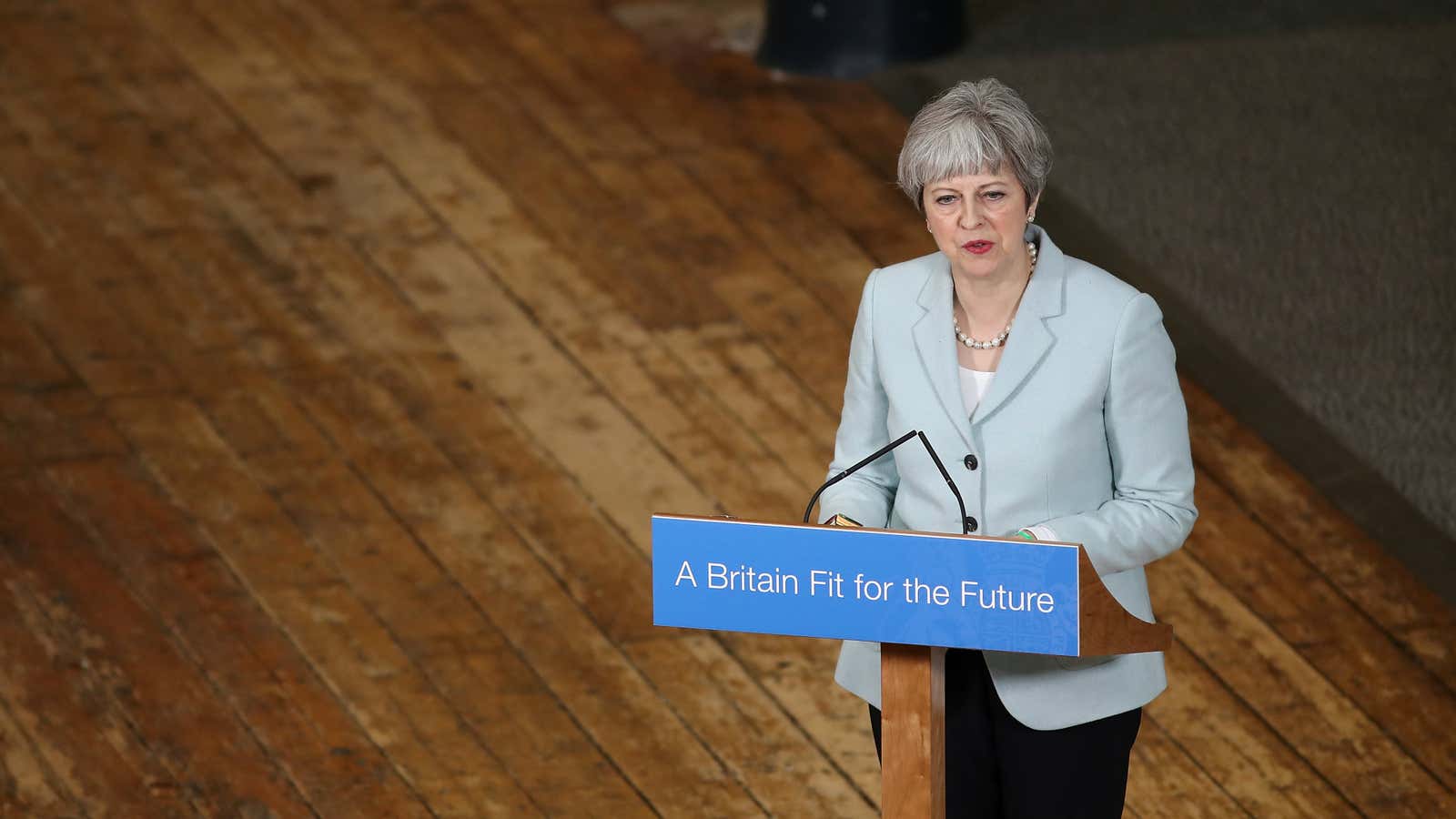“Brexit can be grounds for much more hope than fear.”
This was the British foreign secretary, Boris Johnson, just last week. In the intervening days, a series of economic data updates weren’t especially hopeful.
Data out on Thursday confirmed that the UK economy slowed down at the end of last year, growing just 0.4% in the fourth quarter from the quarter before. When Canada publishes its fourth-quarter GDP data next week, it’s likely to confirm that the UK is the slowest-growing economy in the G7.
Earlier this week, new statistics revealed that unemployment rose the most in five years…
… and real wages continued to decline.
As the economy slows and incomes are squeezed, the Bank of England is preparing to hike interest rates. That’s not the usual response to support a fragile economy, but UK inflation has been running above the central bank’s 2% target, in part due to the plunge in the value of the pound following the Brexit referendum in mid-2016. The hope is that gradually rising interest rates will push down inflation, push up real wages, and boost consumer spending.
It is a tricky balance to strike, made even tougher by a lack of clarity on post-Brexit Britain’s plans for trade, immigration, and the like. Maybe things will work out, and the “sunlit uplands” promised by the pro-Brexit camp will emerge. In the meantime, the strongest support the UK economy is getting comes via exports driven by a global economic upturn, especially—and ironically—elsewhere in the EU.
